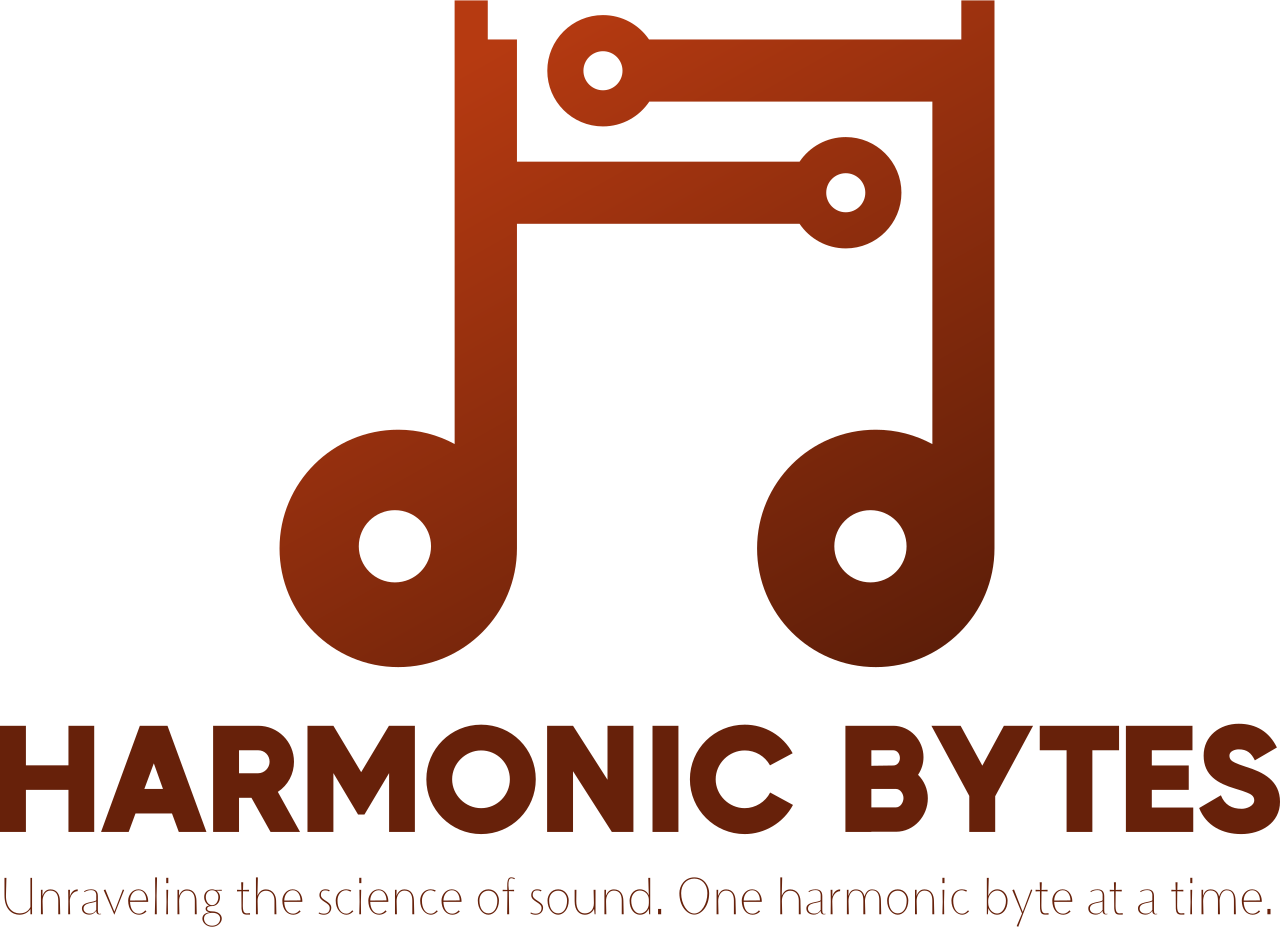So why yet another blog?

Or better - Why I’m Tackling the Physics of Sound?
Introduction: I love mathematics and music, but I have to admit—I’ve never been a fan of physics. Yet, here I am, diving into this subject. Why? Because I believe that understanding the basics of sound can open up exciting possibilities in music and technology. This blog is my way of exploring this journey.
Recently, I wrote about two methods for solving differential equations on my other blog (blog.reveng3.org) to prepare for the work we’ll be doing here. Along the way, we’ll also delve into biology, exploring how the auditory system of mammals works and how humans produce vocal sounds. It’s a mix of science, music, and curiosity that I hope will be both fascinating and enlightening.
So, as always, have fun. For I certainly will!
What is this blog all about
In this blog, we will talk extensively about mathematical models that describe sound, music, and, consequently, musicology. It’s important to understand that a model is not reality itself but a simplified representation of it. Just like a map is not the territory it depicts, a mathematical model provides us with a way to grasp and explore the phenomena around us. These models help us understand the world of sound more clearly and systematically, without claiming to capture every nuance of reality.
Thus, an A (or, if you come from a country still tied to the Latin musical tradition, a LA) will often be modeled as a waveform with a frequency of 440 hertz. However, 440 hertz is not the LA of your instrument! It's just a simplified way to represent it in a model, while the actual sound produced by your instrument is far more complex and rich.
